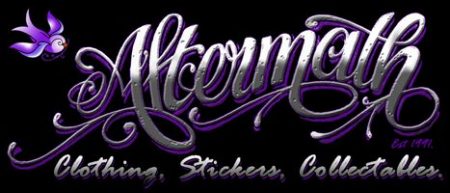Raster vs Vector.
What program should i be using for Dye Sub ?I thought id write this to help people understand the differences between Raster and Vector programs and associated artwork/images. Adobe Photoshop, Affinity Photo amongst others are “raster” pixel based programs. Adobe Illustrator, Affinity Designer, CorelDraw are “vector” based programs. Vector images are mathematical calculations from one point to another that form lines and shapes. If you zoom into a vector graphic it will always look the same. Vector is also used by cutters and plotters. A raster based image has a specific number of pixels based on the images size and dpi (dots per inch) Vector graphics can be scaled to any size without losing any quality. Rasterized images pixelate when scaled to much or are of a low quality, low resolution is 72dpi. Hi res 300dpi files can be scaled within reason before pixelating. eg A4 or a bit smaller to A3 is not an issue.You can identify what type of format the image is by its tag. Raster by the tags: jpg, jpeg, tiff, bmp, psd, gif, png. Vector by the tags: ai, cdr, eps, svg, pdf. PDF’s can be either raster or vector based. Both formats have their own pros and cons. Factors that determine the choice of which one to use is determined by what the actual design is, what its being used for and how its to be output, printed or produced.
Which is better for Dye Sublimation ? Raster, all day. Why ? Because it offers way more options to edit, manipulate, add effects and filters to your designs than vector. You cant properly edit a photo in a vector based program, thats not what that program is designed to do. For Dye sub work 99% of the images your using either downloaded, bought or supplied will be raster based ie jpeg, png etc. In all my years in the industry the only times i was given vector files was if it needed to be scaled to print large format signage, banner etc, needed to be cut on a plotter or it was a logo or artwork sent from another graphic designer. I cant recall 1 dye sub job ive done where a vector file was supplied. For dye sub use raster is the obvious choice. I also attribute the wrong choice of design software is based somewhat on ease of use.
Vector programs look and seem easier to grasp for many new users over the Raster based programs. Placing text over a photo or adding some extras to photos is relatively easy using a vector program. Its also easy in a raster based program but the huge array of options, understanding how layers work and more proves a bit daunting for many so they stick with the easier vector programs. Dont get me wrong, you can create amazing vector artwork but you really need to know how to as its all done using lines, shapes, gradients etc. Raster also offers all this but in a very different way and in my opinion so much easier once understood. There are so many more filters and effects that can be used in raster art which is just not possible in vector. Learning to use dedicated graphics software is a learning curve, but it is so worth it. In an already saturated market learning to create your own designs and artwork or the ability to create great looking designs and products for customers will help you stand out in a sea of the same tired etsy flavour of the month artwork or designs. Copyrighted artwork should also be avoided.
Cheers.
